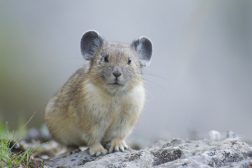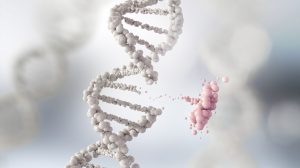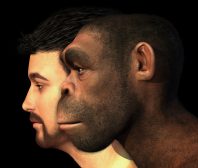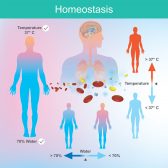Definition
noun, plural: neutral dyes
(biological techniques) A compound of an acid dye and a basic dye used in staining biological specimens for microscopic viewing
Supplement
Biological staining is essential in order to view specimens clearly under the microscope. Specimens that are unstained would typically be colorless. That is why dyes are applied to aid in the viewing of microscopic structures such as tissues, cells, and certain cellular components (e.g. nucleus, cell wall, cell membrane, chloroplasts, etc.). Dyes may be natural or synthetic. Natural dyes are those found in and derived from nature such as haematoxylin from the heartwood of the Haematoxylum tree, and carmine from the female cochineal bug. Synthetic dyes are those made from hydrocarbon benzene and with chromophore and auxochrome components. The auxochrome determines whether the dye would be an acid or a base. Neutral dyes are produced by combining basic and acid dyes. Since the base dye stains the nuclei whereas the acid dye stains the cytoplasm a neutral dye would therefore stain both the nuclei and the cytoplasm.1 Eosinate of methylene blue and Giesma stain are examples of a neutral dye.
Synonym(s):
- salt dye
- neutral stain
Compare:
See also:
- dye
- staining
Reference(s):
1 Baker, F., Silverton, R. & Luckcock, E. (1957). An Introduction to Medical Laboratory Technology. London: Butterworths.







